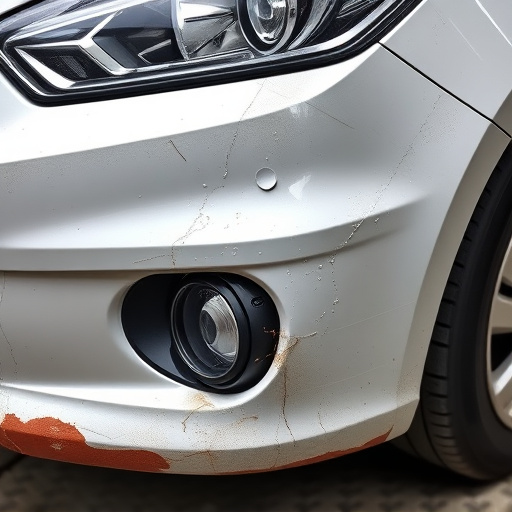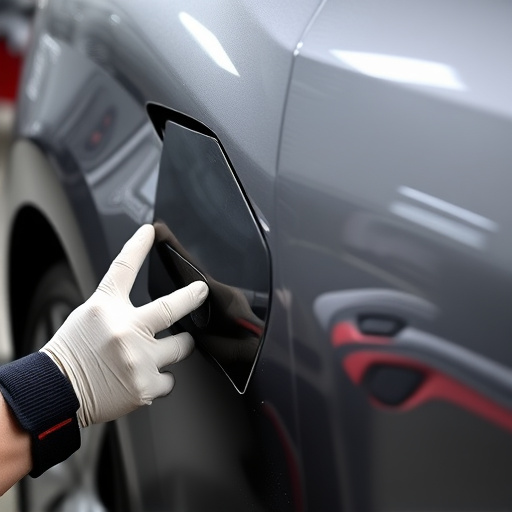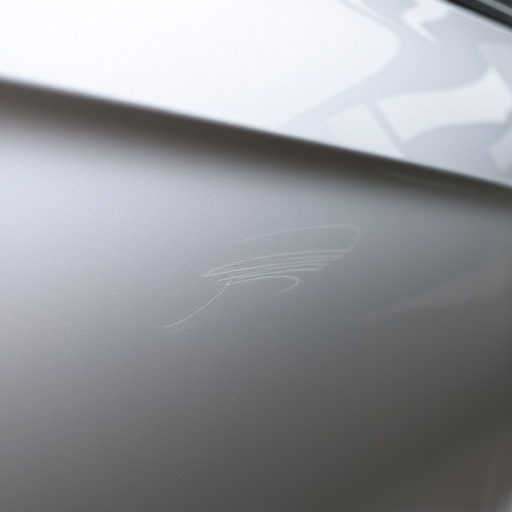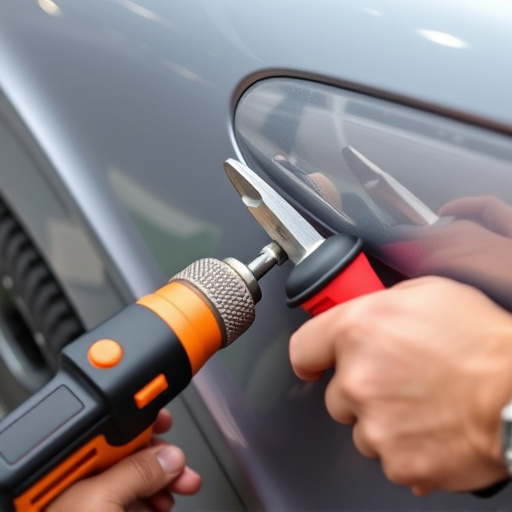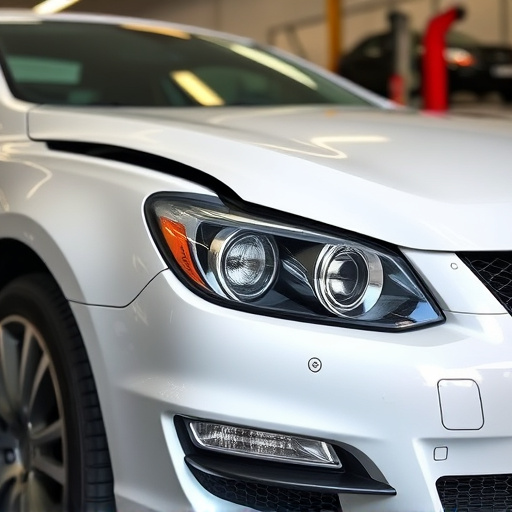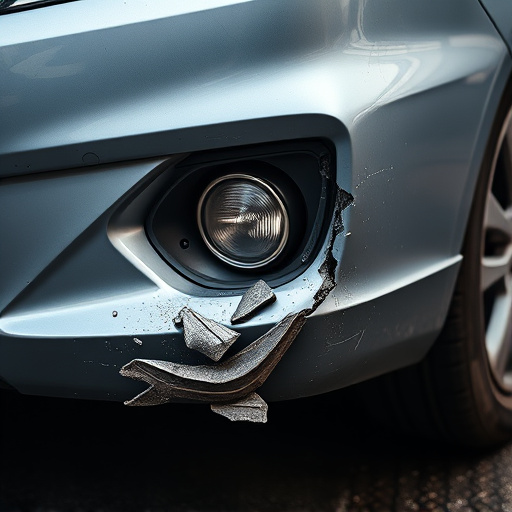Spot welding systems are vital for automotive industries, offering precise bonding and efficient metal joining. They minimize material failure, prevent structural flaws, and enhance vehicle bodywork integrity, safety, and longevity. By concentrating heat, these systems produce strong welds, reducing the need for recurring repairs. Auto repair services can benefit from implementing spot welding technology through equipment maintenance, technician training, standardized protocols, inspections, and calibration to ensure durable bonds and extend vehicle lifespans.
Spot welding systems are essential tools in manufacturing, offering a robust foundation for damage prevention. This article delves into the intricate world of these systems, highlighting their pivotal role in minimizing material failure and ensuring structural integrity. We explore key benefits, from enhanced precision to reduced waste, demonstrating how effective implementation strategies can extend component lifespan significantly. By understanding spot welding systems, manufacturers can revolutionize their processes, fostering a culture of longevity and reliability.
- Understanding Spot Welding Systems: A Foundation for Damage Prevention
- Key Benefits: How These Systems Minimize Material Failure
- Implementation Strategies: Ensuring Longevity Through Effective Use
Understanding Spot Welding Systems: A Foundation for Damage Prevention

Spot welding systems are a fundamental technology in the automotive industry, playing a pivotal role in ensuring vehicle structural integrity and preventing future damage. These systems use precision lasers or electrical energy to create robust bonds between metal panels, forming strong welds that can withstand various stresses. By understanding how spot welding systems work, we gain insights into an effective foundation for damage prevention in vehicle bodywork.
When integrated into collision centers or car scratch repair processes, spot welding offers numerous advantages. It allows for precise and controlled bonding, minimizing the risk of cracks or weaknesses that could lead to structural issues over time. Moreover, its efficiency in joining metal components helps streamline car scratch repair processes, reducing the likelihood of further damage during the repair itself. This technology is crucial in maintaining the overall integrity of vehicle bodywork, ensuring safety and longevity on the road.
Key Benefits: How These Systems Minimize Material Failure
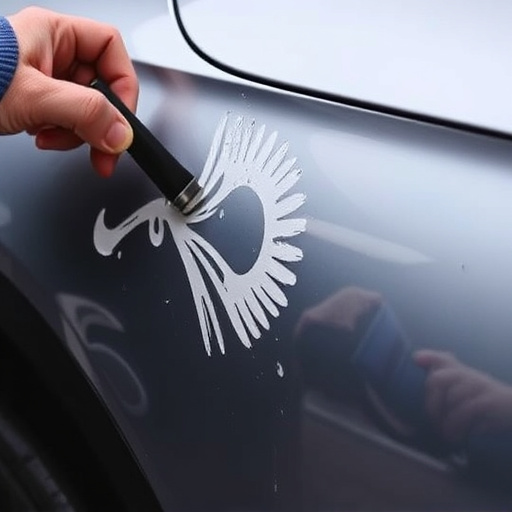
Spot welding systems offer significant advantages in minimizing material failure, making them a vital asset in various industries, particularly automotive manufacturing and vehicle dent repair. These systems use concentrated heat to join metal sheets together, creating strong bonds that enhance structural integrity. By focusing energy precisely on the weld points, spot welding prevents excessive heat input, which is a common cause of material degradation and weakness.
This targeted approach ensures that only the required areas are heated, reducing the risk of heat-induced distortions, warping, or melting. Consequently, it improves the overall quality of automotive collision repair and paintless dent repair processes, ensuring vehicles return to their original state without compromising structural strength. The precision and control provided by spot welding systems contribute to longer-lasting, more reliable products, ultimately reducing the likelihood of future damage.
Implementation Strategies: Ensuring Longevity Through Effective Use

Implementing effective spot welding systems is a strategic move for any auto repair service or collision repair center aiming to prevent future damage and ensure longevity of vehicles. These advanced systems offer precise control over the welding process, allowing for consistent quality and reduced risk of structural flaws. By employing spot welding techniques, collision repair shops can achieve strong, durable bonds, minimizing the need for frequent repairs.
To maximize these benefits, collision repair centers should invest in well-maintained equipment, provide adequate training for technicians, and establish standardized protocols for various welding tasks. Regular inspections and calibration of spot welding systems are essential to guarantee optimal performance. This proactive approach not only extends the lifespan of vehicles but also enhances the reputation of auto repair services as trusted providers of quality collision repair solutions.
Spot welding systems offer a robust foundation for preventing future damage in various industries. By understanding their operation and implementing effective strategies, organizations can significantly minimize material failure, ensuring the longevity of their products. The key benefits of these systems include precision, efficiency, and enhanced structural integrity, all crucial elements for maintaining high-quality standards. Through proper use, spot welding systems become a game-changer in damage prevention, fostering sustainability and reducing costly repairs.

